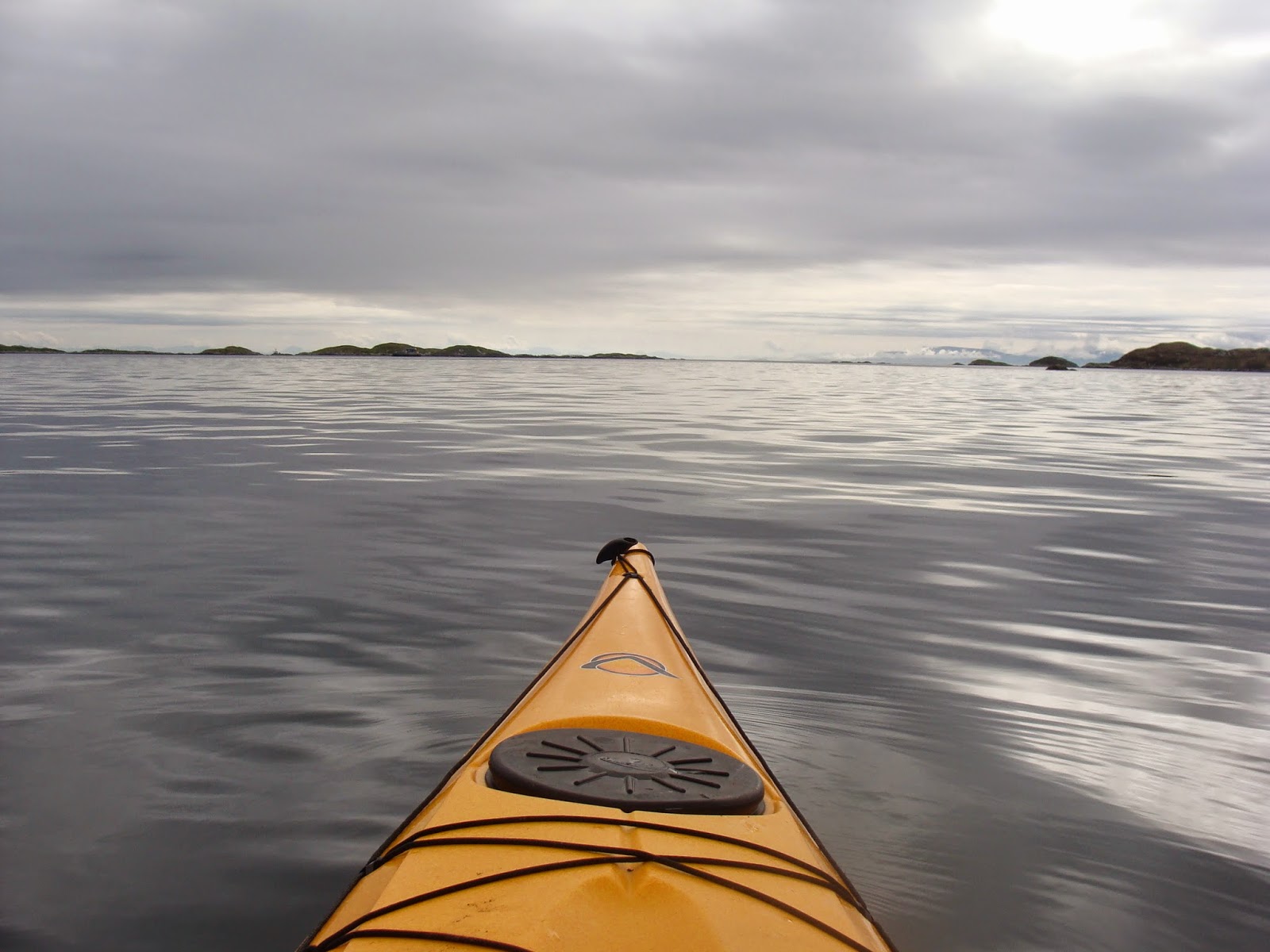"It's easy to be lulled by the harsh poetry of the crofters' lifestyle, the community's lilting dialect, their love of music and the aesthetic possibilities of spun wool..."
Mark Cocker, 'Birders - Tales of a Tribe'
It's never much fun coming home from holiday is it? The last few days have certainly been a struggle, rushed from the relative calm of Inverness, via the Caledonian Sleeper, to a Euston station morning rush hour. But it was my decision to head straight back to work with minimal sleep so I have no one else to blame. London is a long way from the Outer Hebrides but it seems even further away now after the ten fantastic days we had hopping through the islands recently.
Travelling south - north, from Barra and Vatersay to Tarbert on Harris, via the Uists and Berneray, revealed a series of fascinating islands, each steeped in history and spoiled with some of the most mesmerising wild landscapes I have ever seen. Mountain, dune and machair, at times they seemed just strides apart. And the Beaches, the white sand and turquoise waters - imagine an overcast day in Thailand with ringed plovers where the tourists would be and 30mph winds perhaps. Glorious in other words.
Of course the birds were great too and a steady diet of MaCleans macaroni pies meant I explored a lot and had some memorable encounters along the way. Unfortunately those encounters did not stretch to the Snowy Owl at Solas as I got the news too late, but you can't win 'em all. We did eventually pass that way, but only to meet with the worst of the trip's weather which was otherwise pretty good. It's hard to find a Snowy Owl when you can barely stand for the wind and can taste the sand in your mouth. We did manage to see, eventually, another Hebridean speciality though. Hearing that 'crex crex' sound for the first time in an overgrown front garden on Barra was a nice moment - that sound belonging to a Corncrake, less a bird, more a jarring 'song' wrapped in a riddle. That noise followed us places, unseen, until the last day when we got lucky and passed a garden from which a bird flew up briefly then disappeared, looking as surprised as I was. Looking at the map of the Corncrake's rapid and systematic decline across the British Isles on the wall in the Balranald RSPB visitor centre was as stark and sad reminder as there could be of the importance of mending our ways with our landscape. Other highlights included numerous Golden eagles, especially around Harris, Short-eared Owl, Twite, ubiquitous Arctic terns and the acrobatic (and brilliantly close) Arctic skuas chasing them. It was great to see large numbers of dunlin and ringed plovers on their breeding grounds for a change, instead of a Kentish mudflat shrouded in winter mist. Likewise, it was interesting how relatively commonplace cuckoos were, with willow warblers topping the charts for migrant passerines.
All in all, it was an amazing trip and thoroughly recommended. I look forward to going back one day, but for now, here are a few photographs...
If there's one thing better than the scallops and chips from the fish bar on the main street in Oban, it's the confiding black guillemots (Cepphus grylle) in the harbour...
The chapel at Howmore, South Uist. We stayed in a traditional 'blackhouse', now a small bunkhouse, just to the left. The machair teemed with bird life and the sounds of drumming snipe at dusk confused some of the other guests!
Well you've gotta move your cattle somehow - photo taken from the back of the Royal Mail Post Bus no less. We saw a LOT of post boxes on this trip.
More usually seen in drab winter plumage on in-land gravel pits and reservoirs in the south, a summer-plumaged Great Northern Diver (Gavia immer) is an all-together different beast. A velvet-black head and a back that could be marked with constellations, they were a common sight from the beaches.
I had never heard a Wheatear (Oenanthe oenanthe) sing before this trip. Front of the queue in the looks department but late for a song, it was nevertheless nice to hear the quiet, Stonechat-esque warbles trickling down the hillsides.
Peat cutting by Loch Druidibeg, South Uist.
Traigh Lar at Balranald RSPB, North Uist.
Somewhere on Berneray - the smallest island we visited but one of my favourites.
The sheep of North Uist have voted.
Kayaking on the flat calm bays of East Harris - not far from Loch Needletail (where respects were duly paid)
Arctic skuas chasing terns at Luskantyre beach, Harris.













